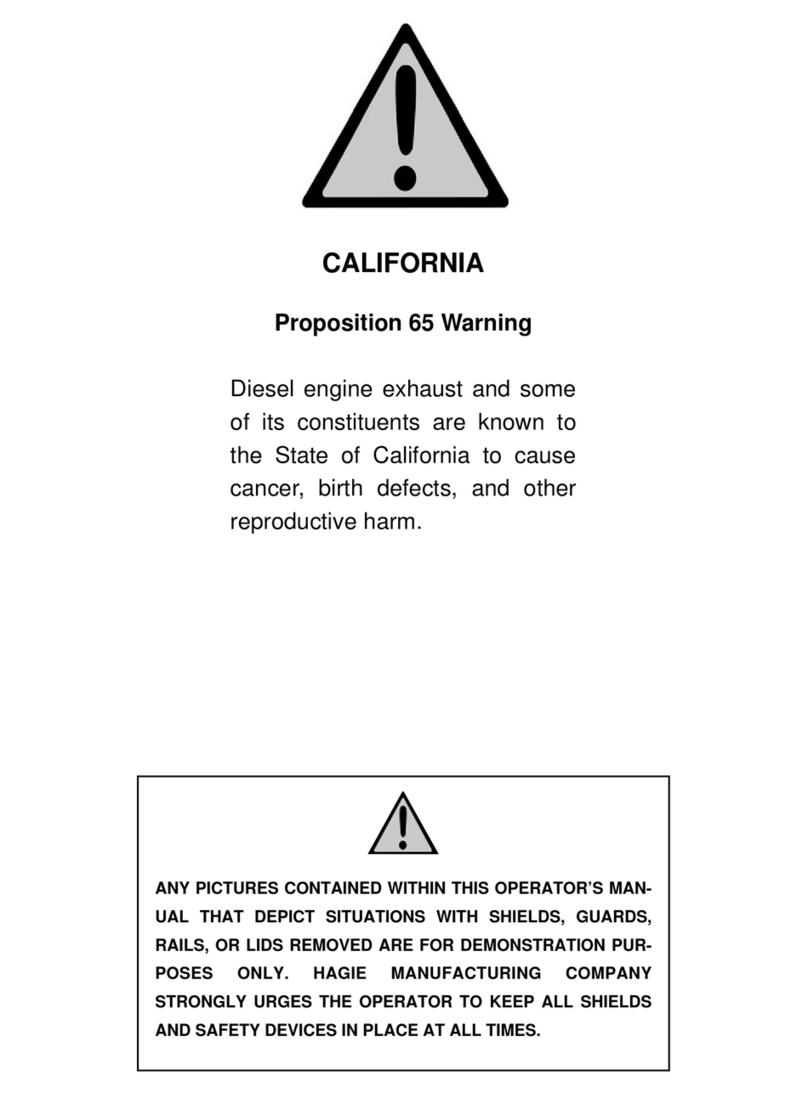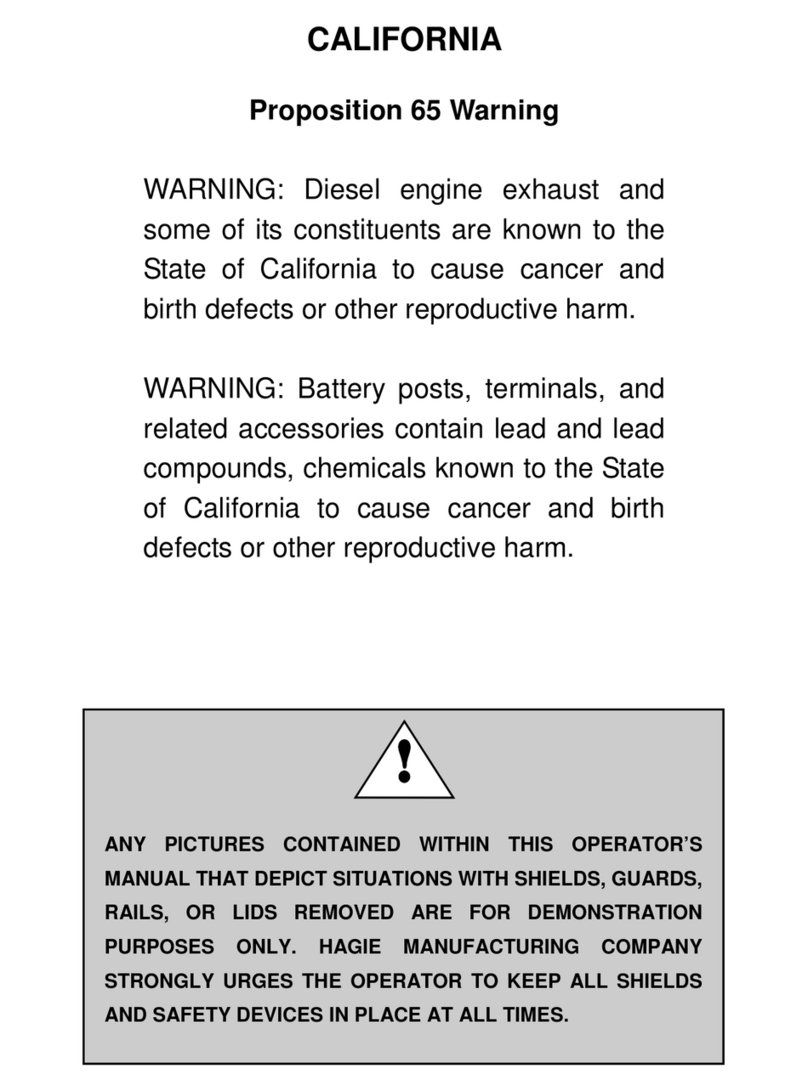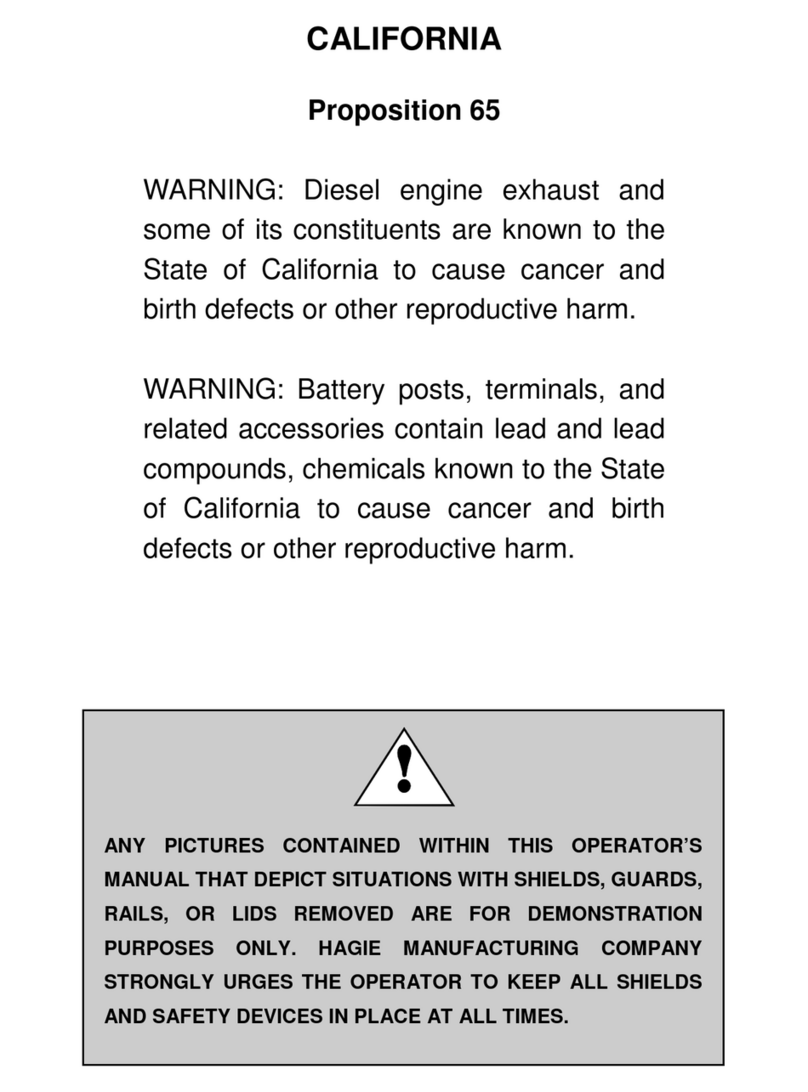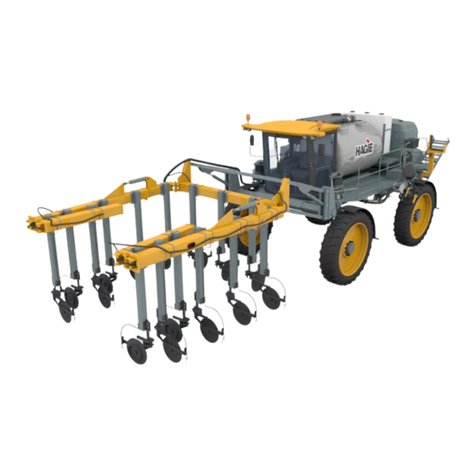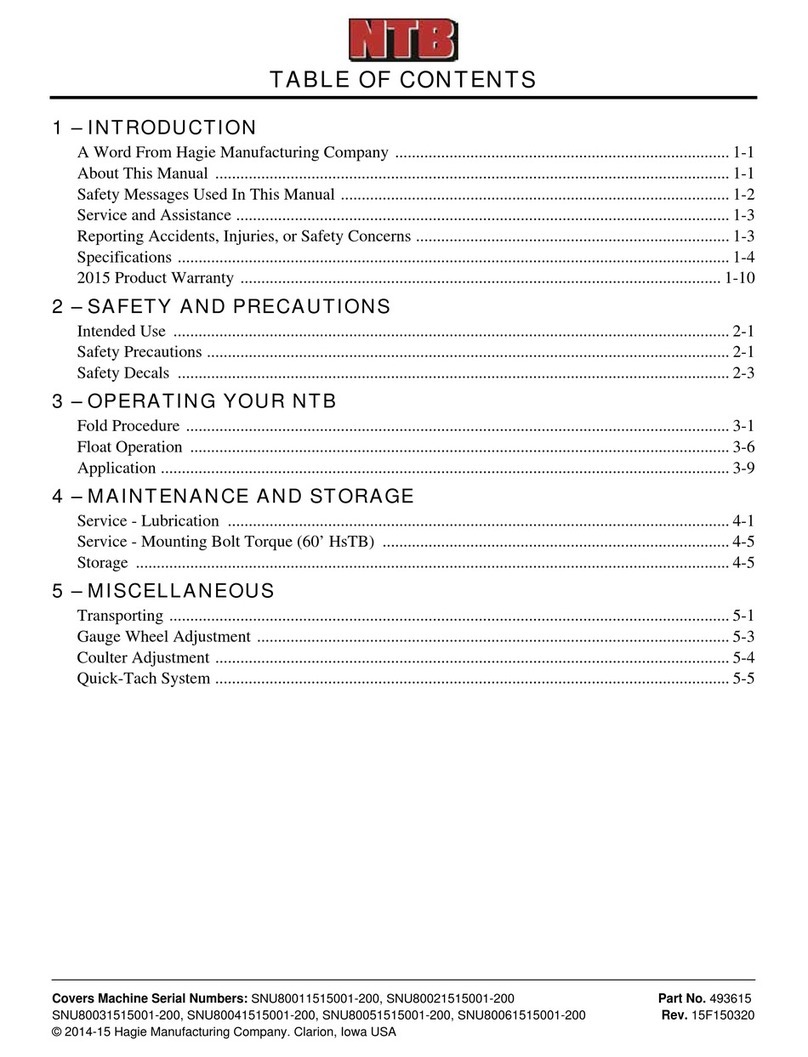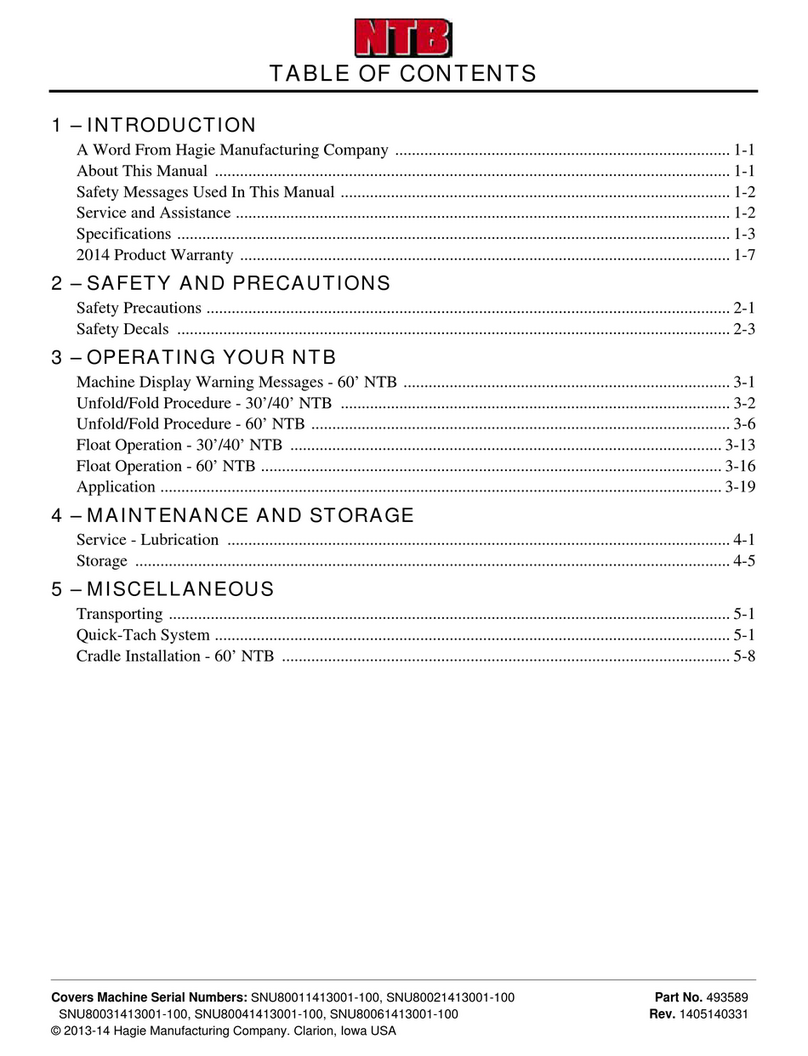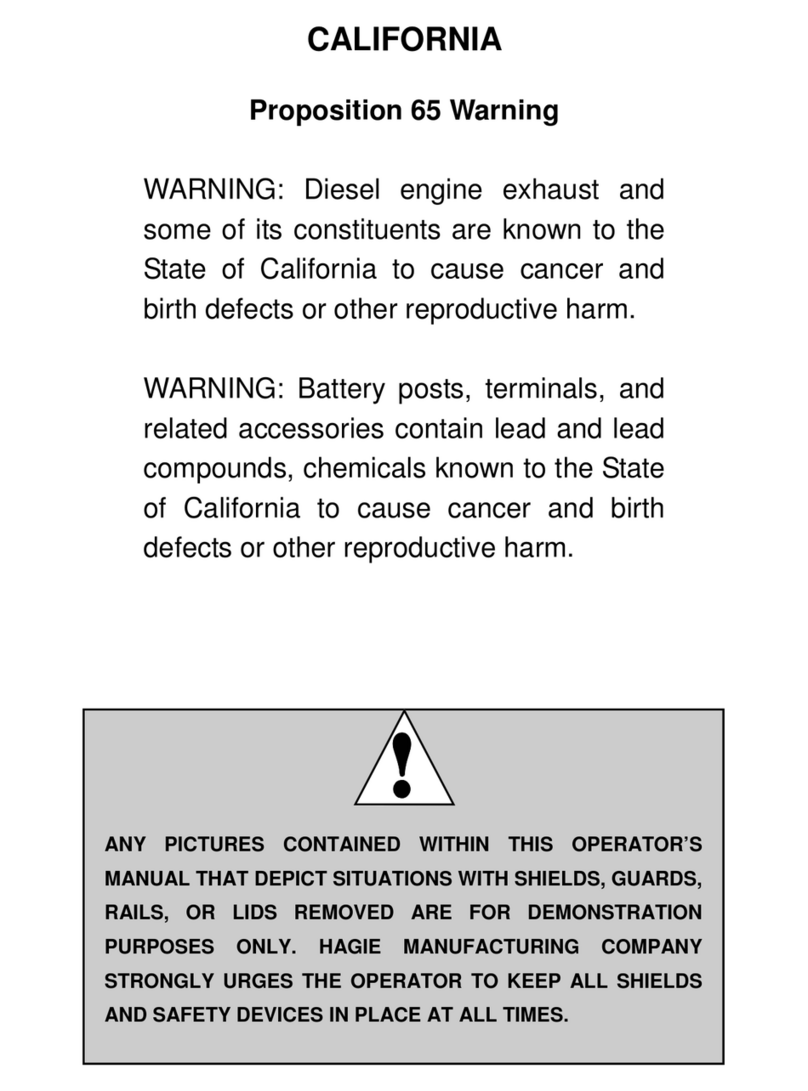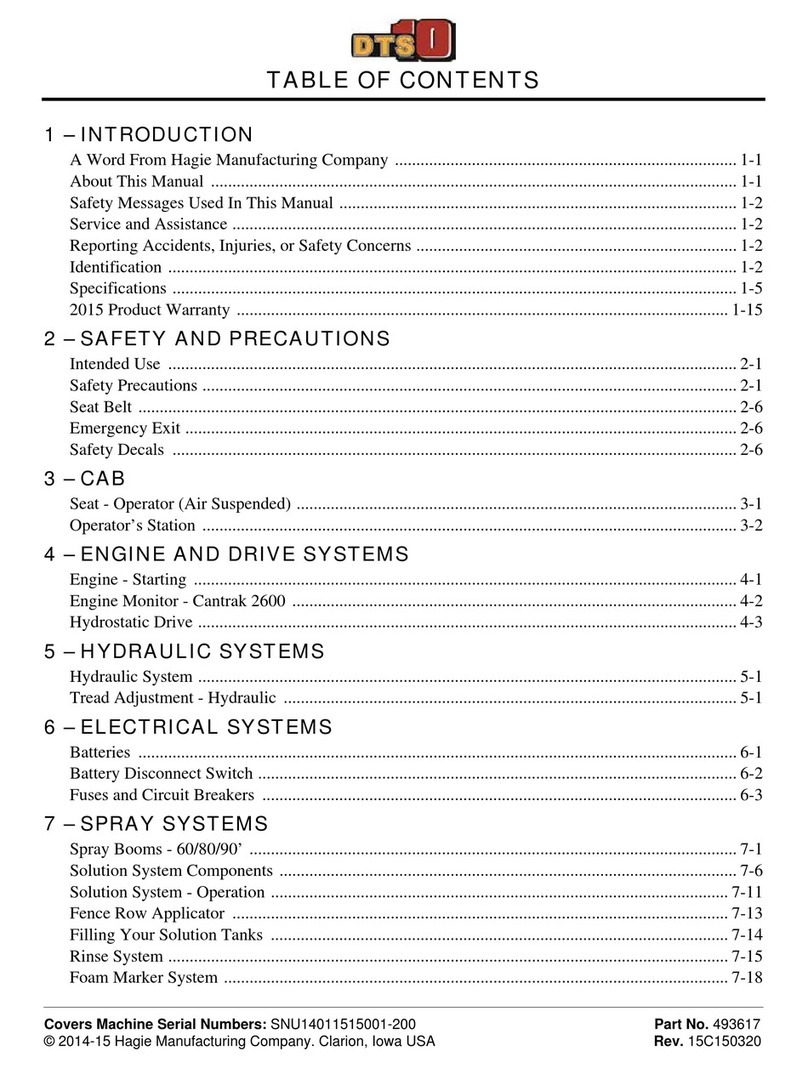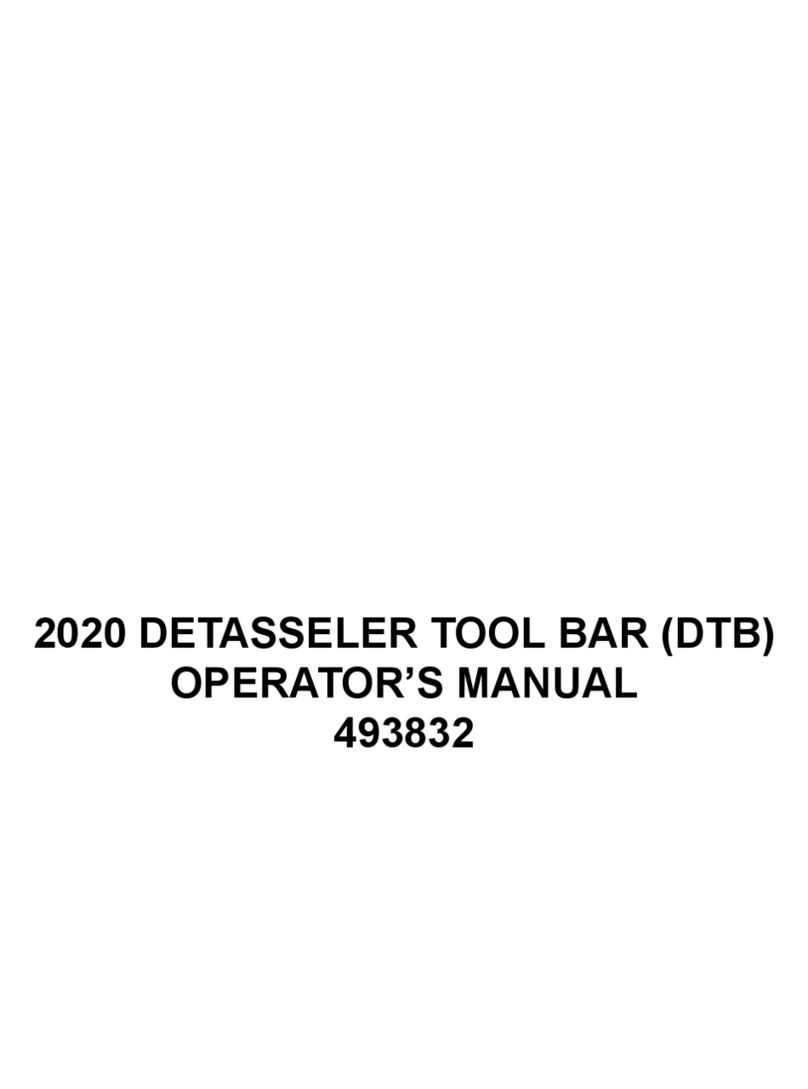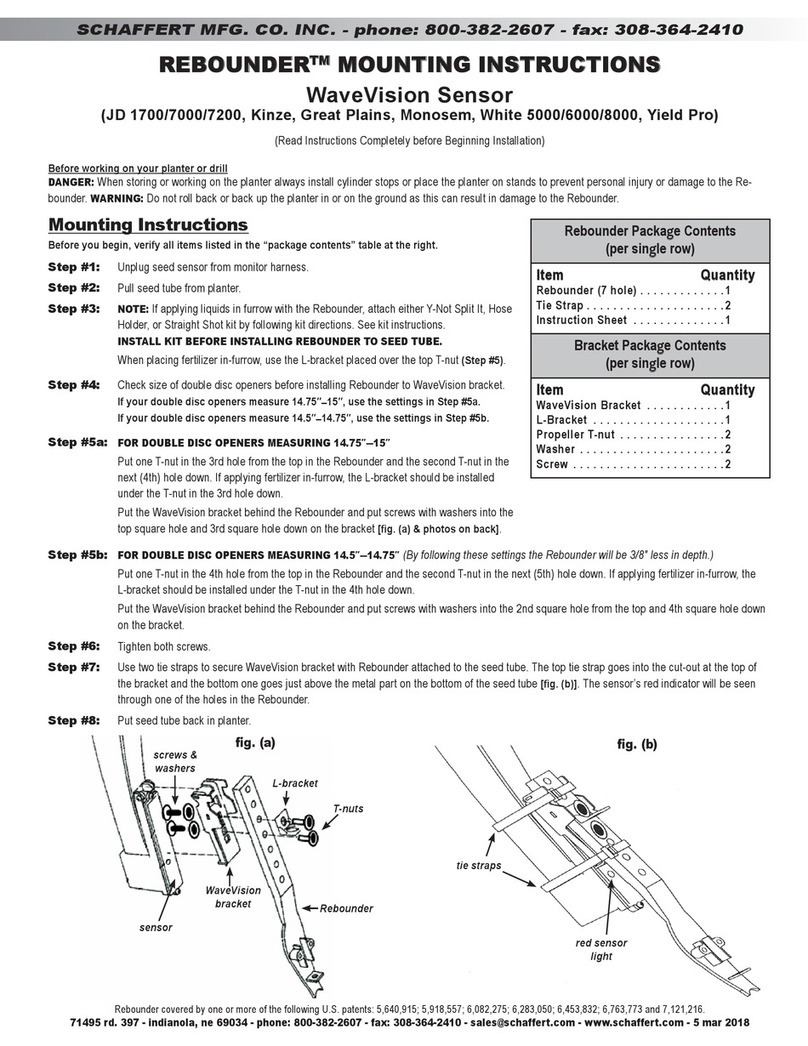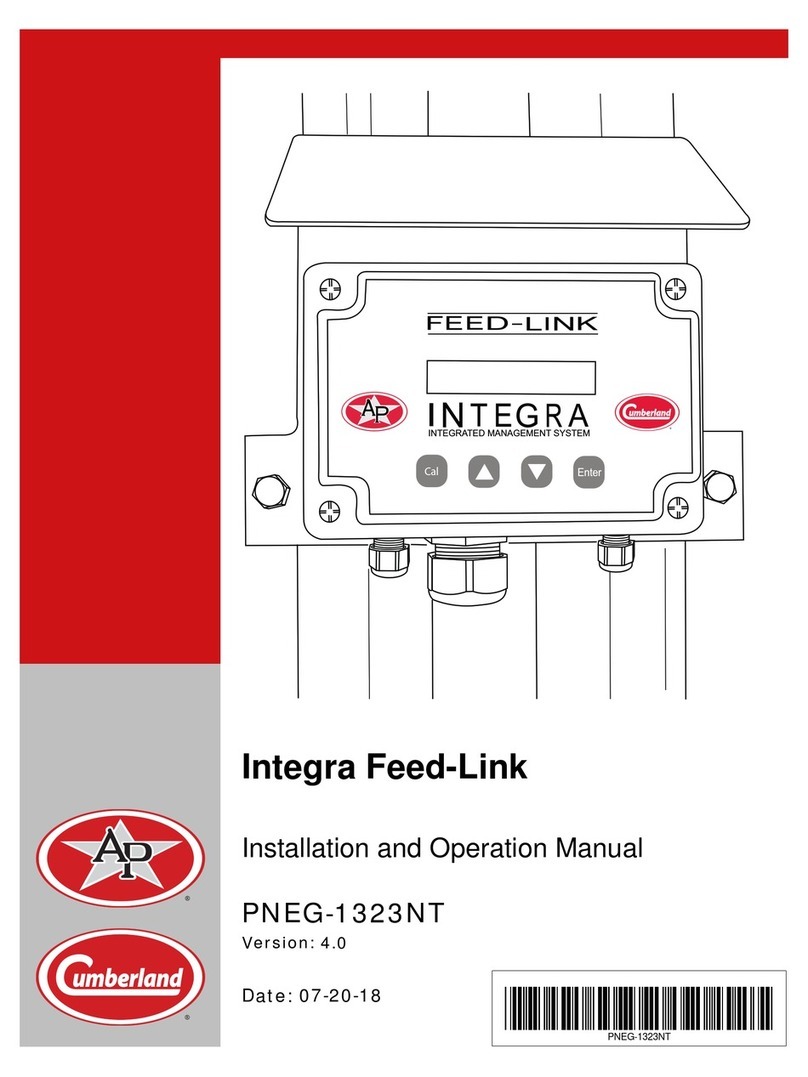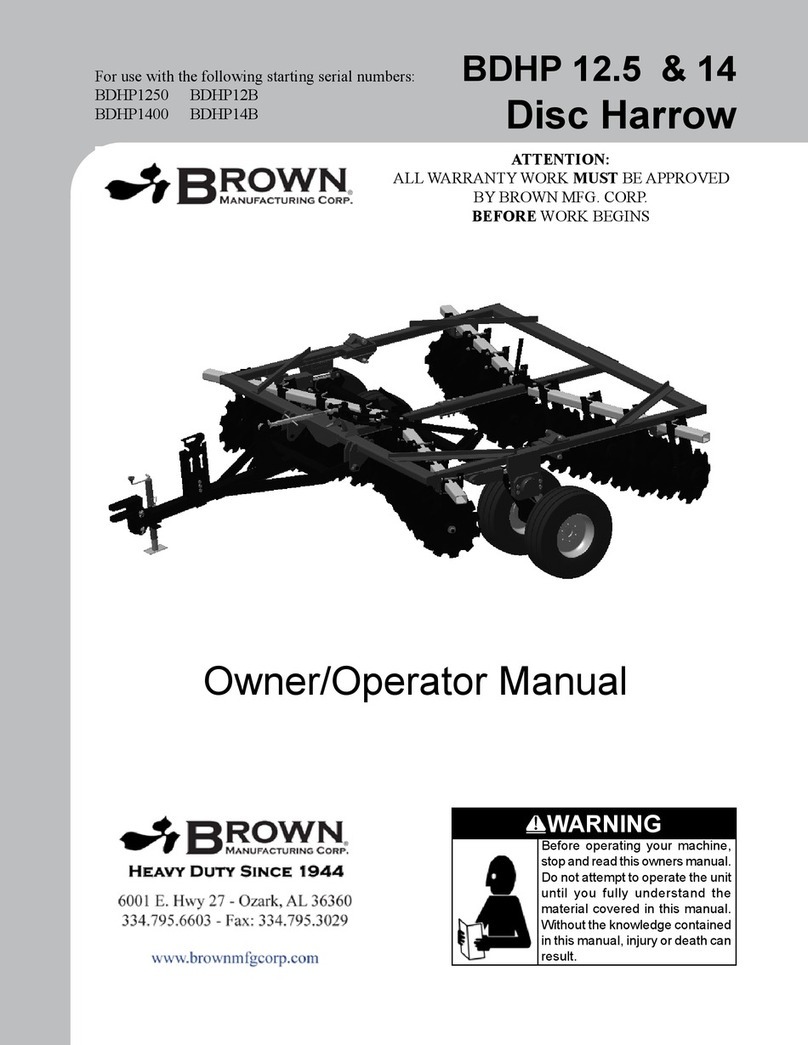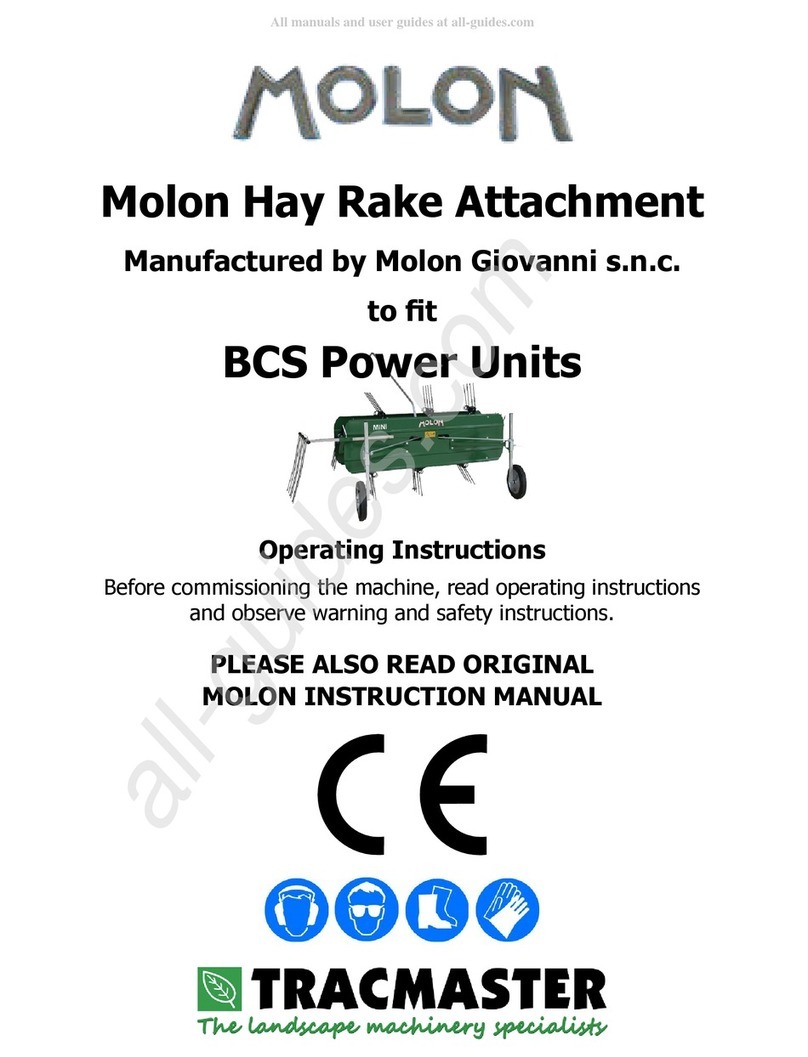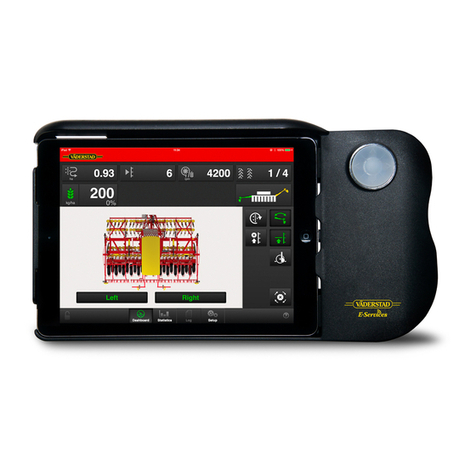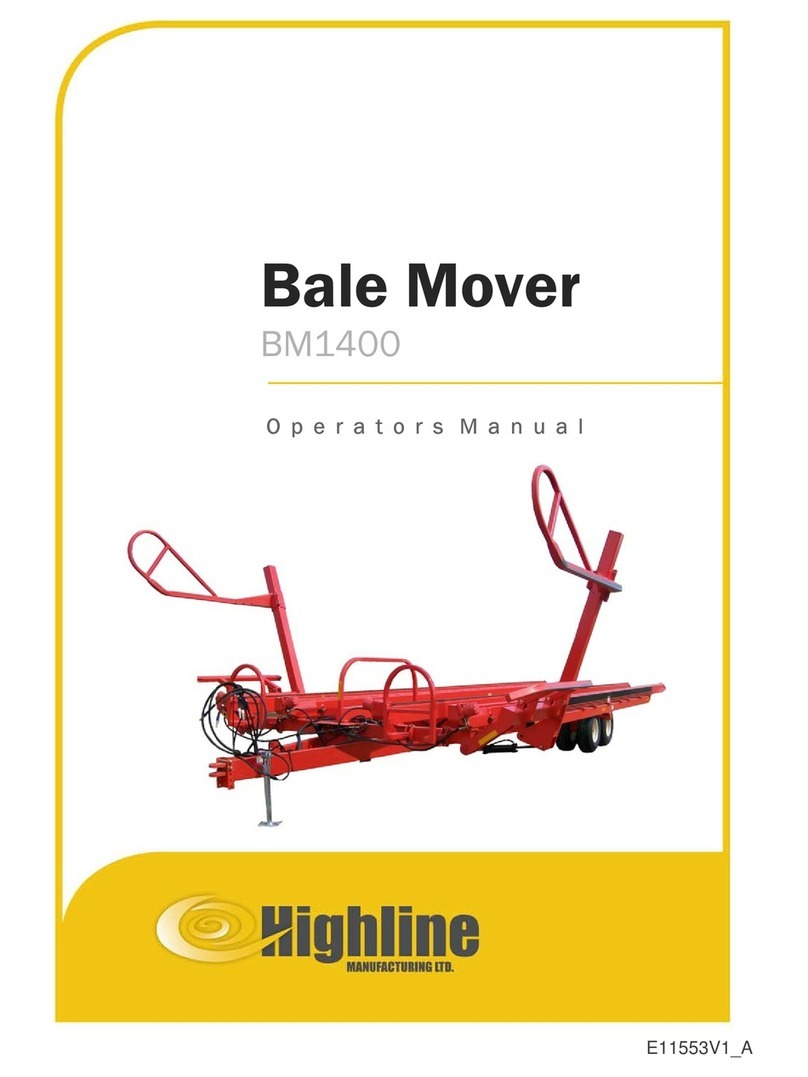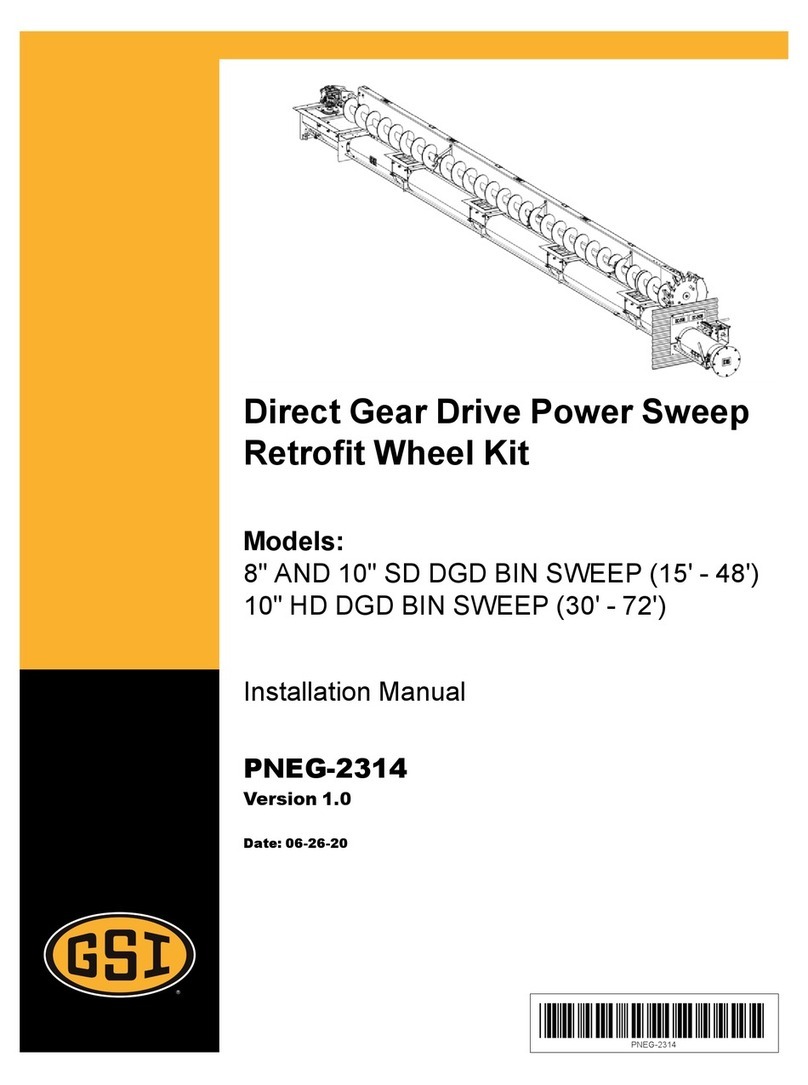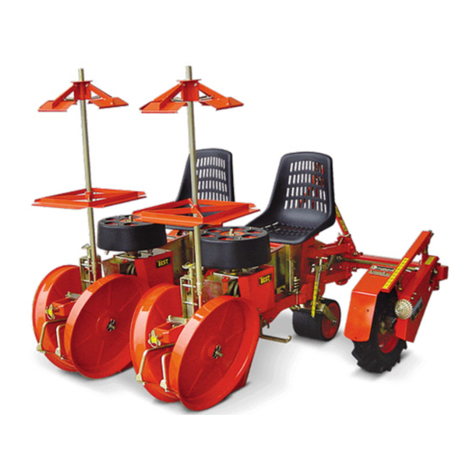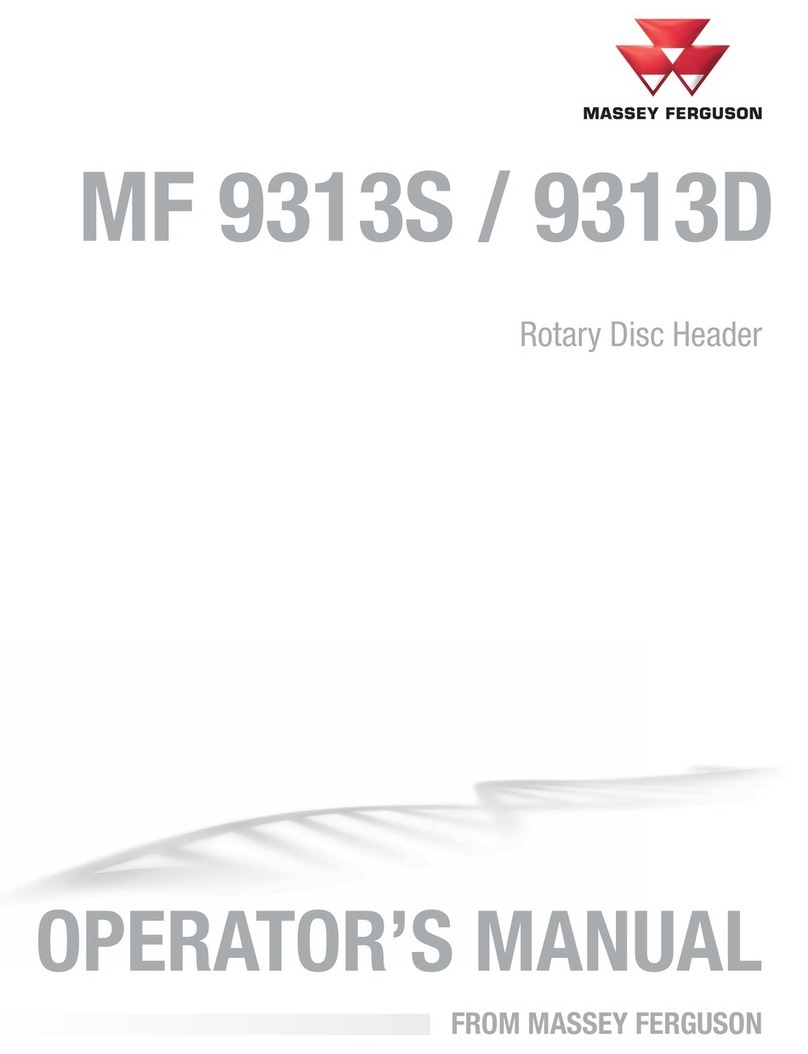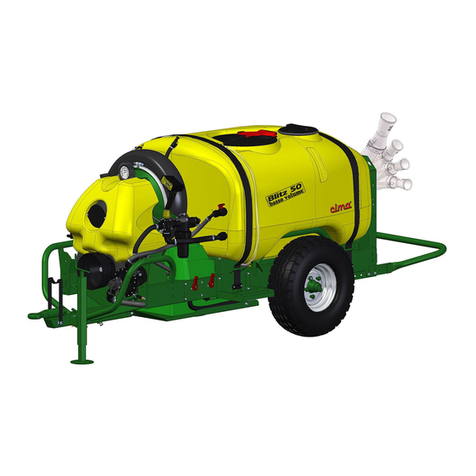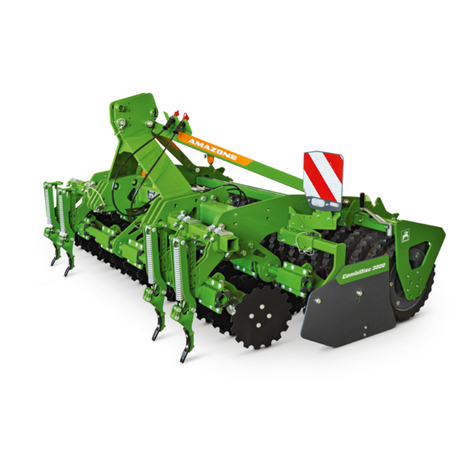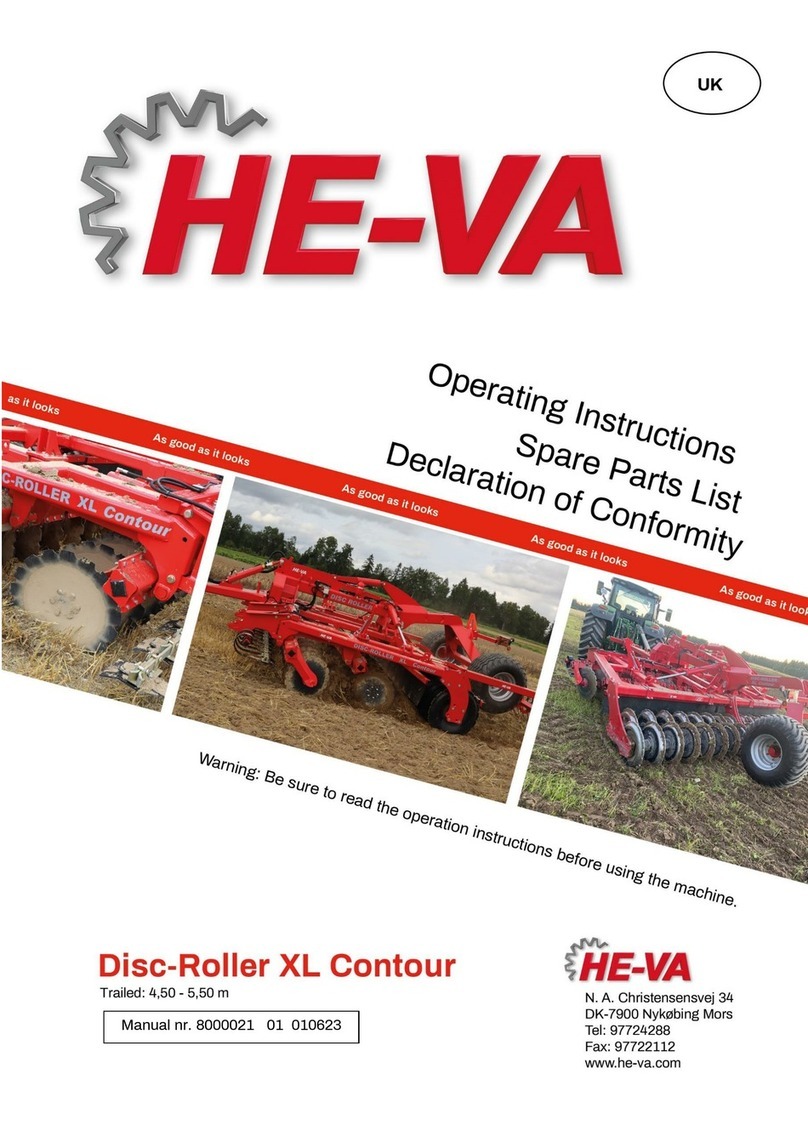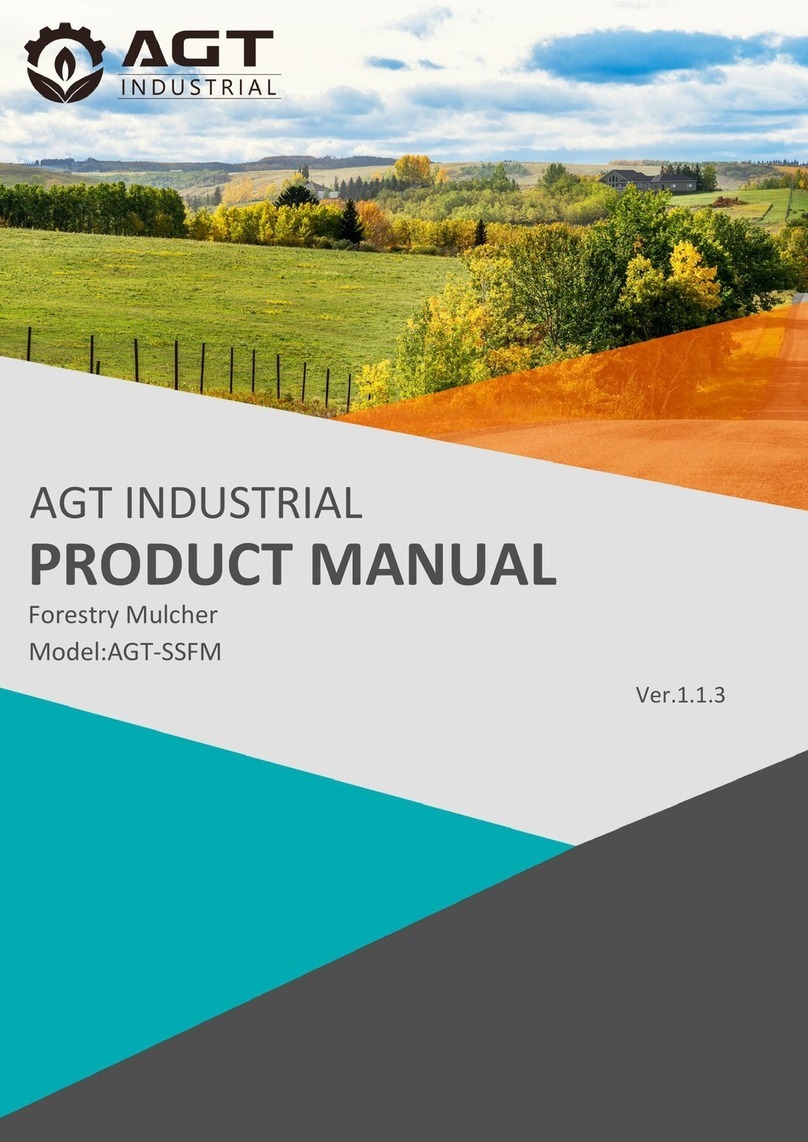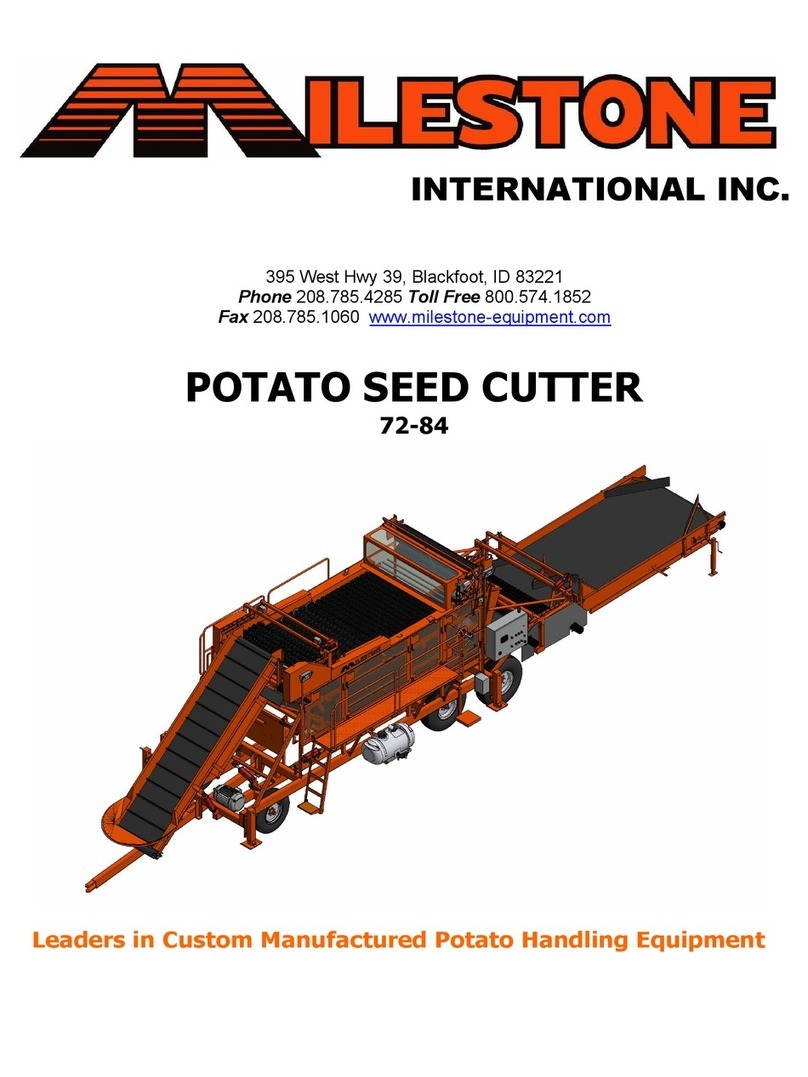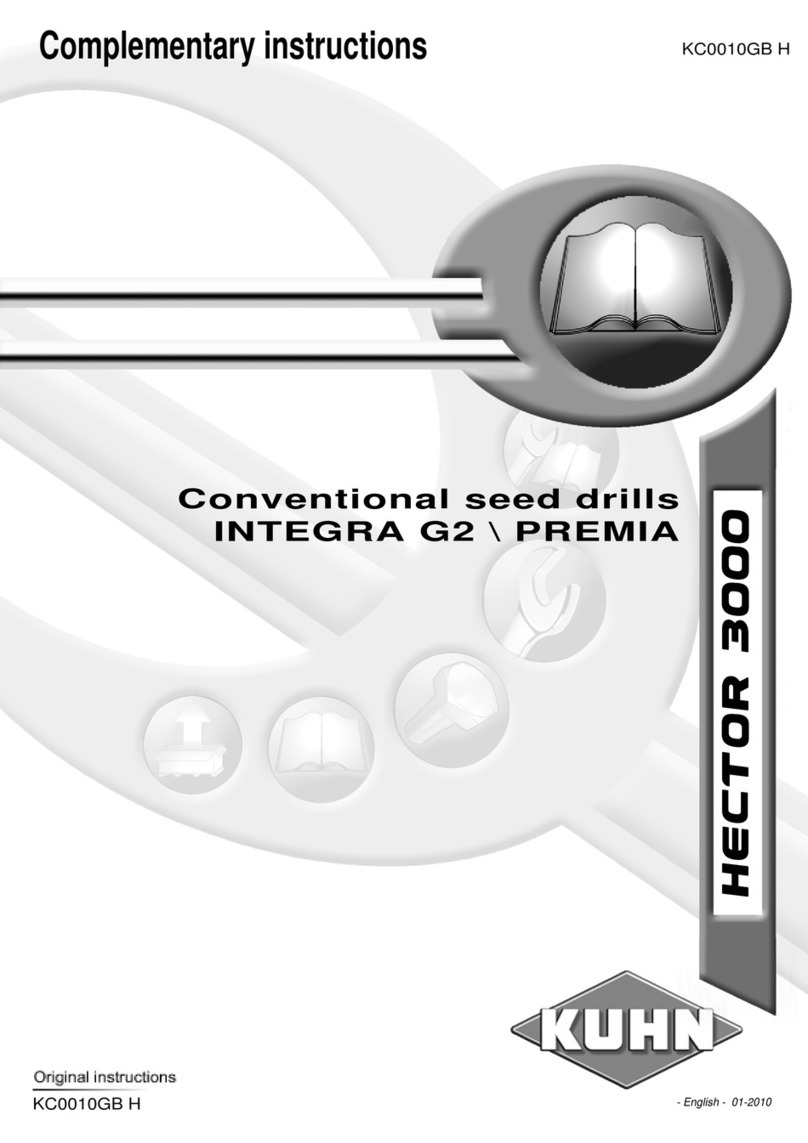
1-1
5 - DASH / AUTO
SECTION 1 – INTRODUCTION
A WORD FROM HAGIE
MANUFACTURING
COMPANY
Congratulations on the purchase of your
204SP Detasseler! We recommend that you
review this operator’s manual and become
familiar with operating procedures and safety
precautions before attempting to operate the
machine.
As with any piece of equipment, certain
operating procedures, service, and
maintenance are required to keep your
detasseler in top running condition. We have
attempted herein to cover all of the
adjustments required to fit varying
conditions. However, there may be times
when special care must be considered.
NOTE: The user is responsible for
inspecting the detasseler and having
parts repaired or replaced when
continued use of the product causes
damage or excessive wear to other
parts.
Hagie Manufacturing Company reserves
the right to make changes in the design and
material of any subsequent machine without
obligation to existing units.
Thank you for choosing a Hagie 204SP
Detasseler and we ensure you of our
continued interest and support in its optimal
performance for you. We are proud to have
you as a customer!
ABOUT THIS MANUAL
This manual will aid you in the proper
operation and service of your machine. It is
the responsibility of the user to read the
operator’s manual and comply with the
correct and safe operating procedures, as
well as maintain the product according to the
service information provided in the
Maintenance and Storage Section elsewhere
in this manual.
Photographs and illustrations used in this
manual are of general nature only. Some of
the equipment and features shown may not
be available on your machine.
Information described in this manual was
correct at the time of printing. Because of
Hagie Manufacturing Company’s continuous
product improvement, certain information
may not be included in this manual. To obtain
the most current operator’s manual for your
machine, please visit www.hagie.com.
Keep this manual in a convenient place for
easy reference. This manual is considered a
permanent fixture of the product. In the event
of resale, this manual must accompany the
machine.
If you do not understand any part of this
manual or require additional information or
service, contact your local John Deere dealer
for assistance.
NOTICE
Any pictures or illustrations contained
within this manual that depict situations
with shields, guards, rails, or lids
removed are for demonstration only.
Keep all shields and safety devices in
place at all times.
